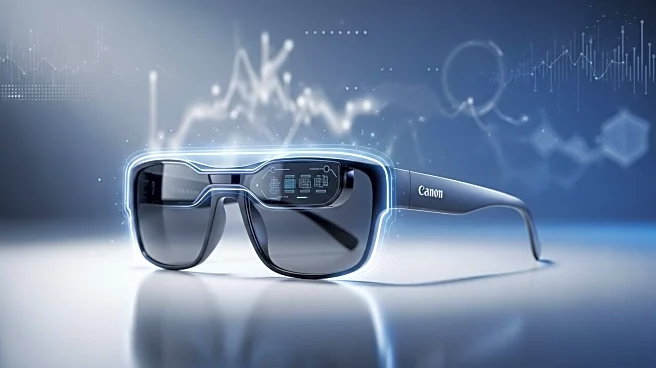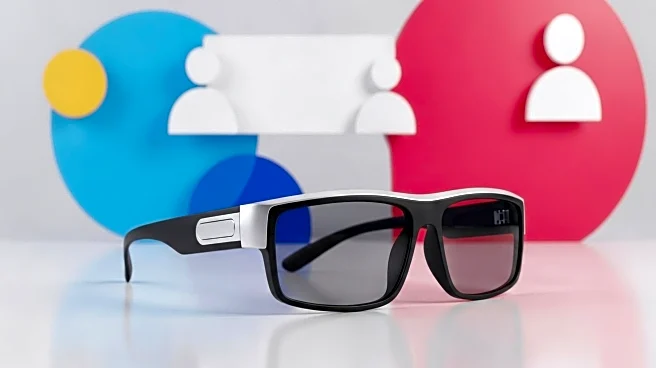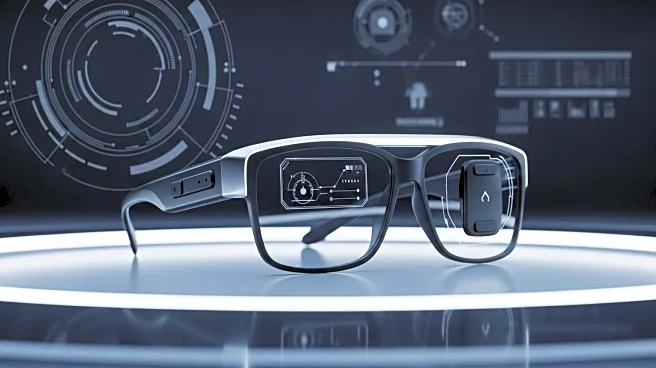What's Happening?
Meta has introduced its new smart glasses, the Meta Ray-Ban Display, featuring an in-lens display. These glasses were showcased at Meta's annual Connect conference, highlighting their ability to perform various smartphone functions discreetly. Users can send messages, make calls, record videos, and navigate using these glasses, which integrate with Meta's Neural Band wristband to translate arm signals into inputs. The glasses are designed to be unobtrusive, with minimal light leakage, raising questions about privacy and usage etiquette.
Why It's Important?
The introduction of Meta's smart glasses marks a significant advancement in wearable technology, potentially transforming how users interact with digital content. However, the discreet nature of these devices poses privacy challenges, as they can be used without others noticing. This raises concerns about their use in sensitive environments and while driving, where safety could be compromised. The broader implications for privacy and data security are significant, given Meta's history with data stewardship. The popularity of these glasses could lead to widespread adoption, necessitating new norms and regulations.
What's Next?
As smart glasses become more prevalent, regulatory bodies may need to address their use, particularly in contexts like driving. The National Highway Traffic Safety Administration (NHTSA) has yet to comment on the impact of smart glasses on road safety. Companies like Amazon are exploring similar technologies for their drivers, indicating a potential shift in how wearable tech is integrated into daily activities. The development of privacy frameworks and etiquette guidelines will be crucial as these devices become more common.
Beyond the Headlines
The cultural acceptance of smart glasses will depend on how they are perceived in terms of privacy and social norms. The backlash against Google Glass in 2013 highlighted public concerns about invasive technology. Meta's design aims to be less intrusive, potentially easing acceptance. However, the ethical implications of constant surveillance and data collection remain, requiring careful consideration by manufacturers and users alike.










